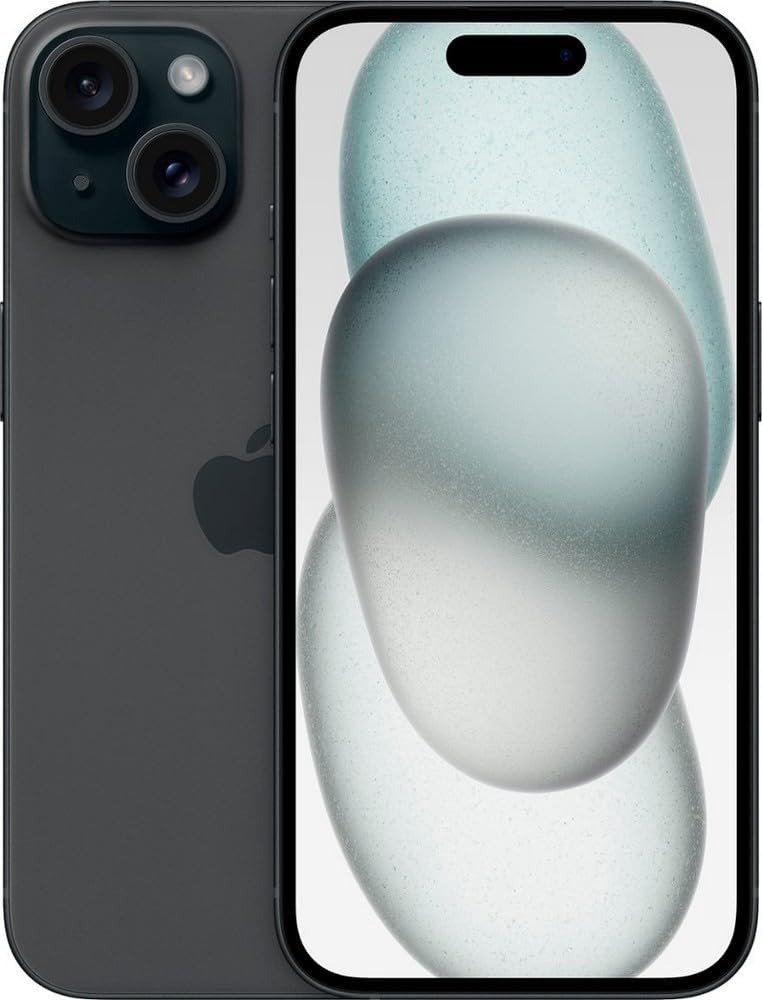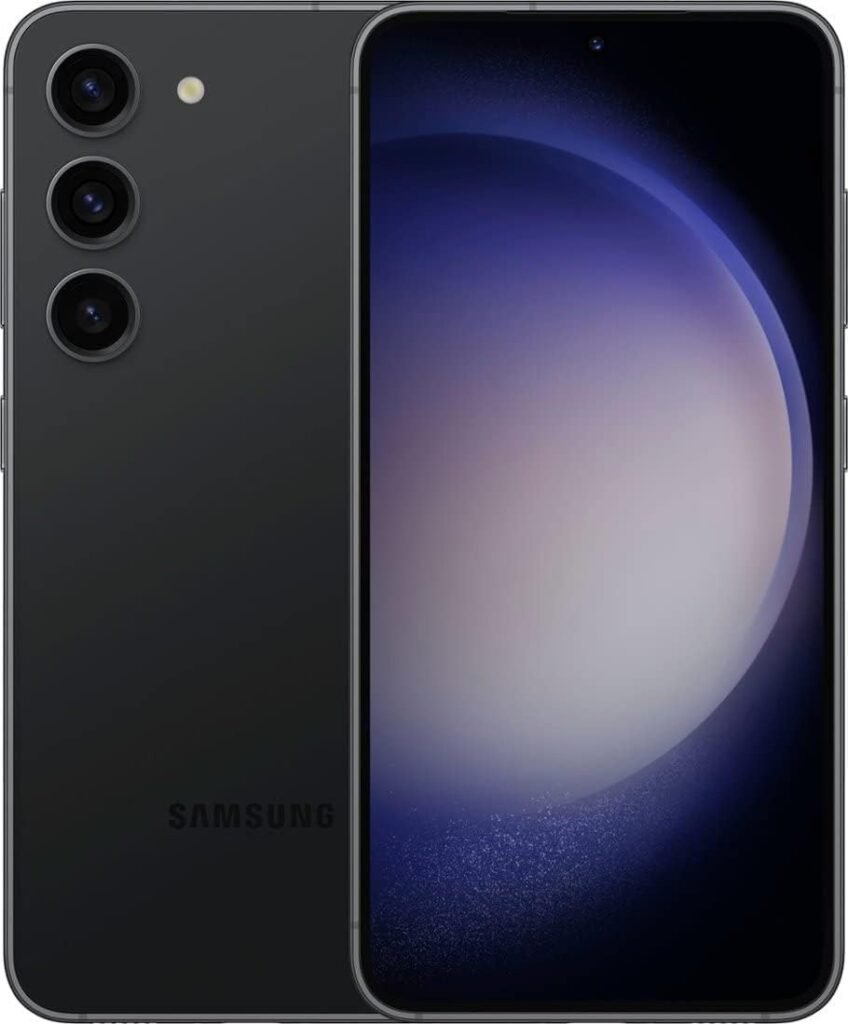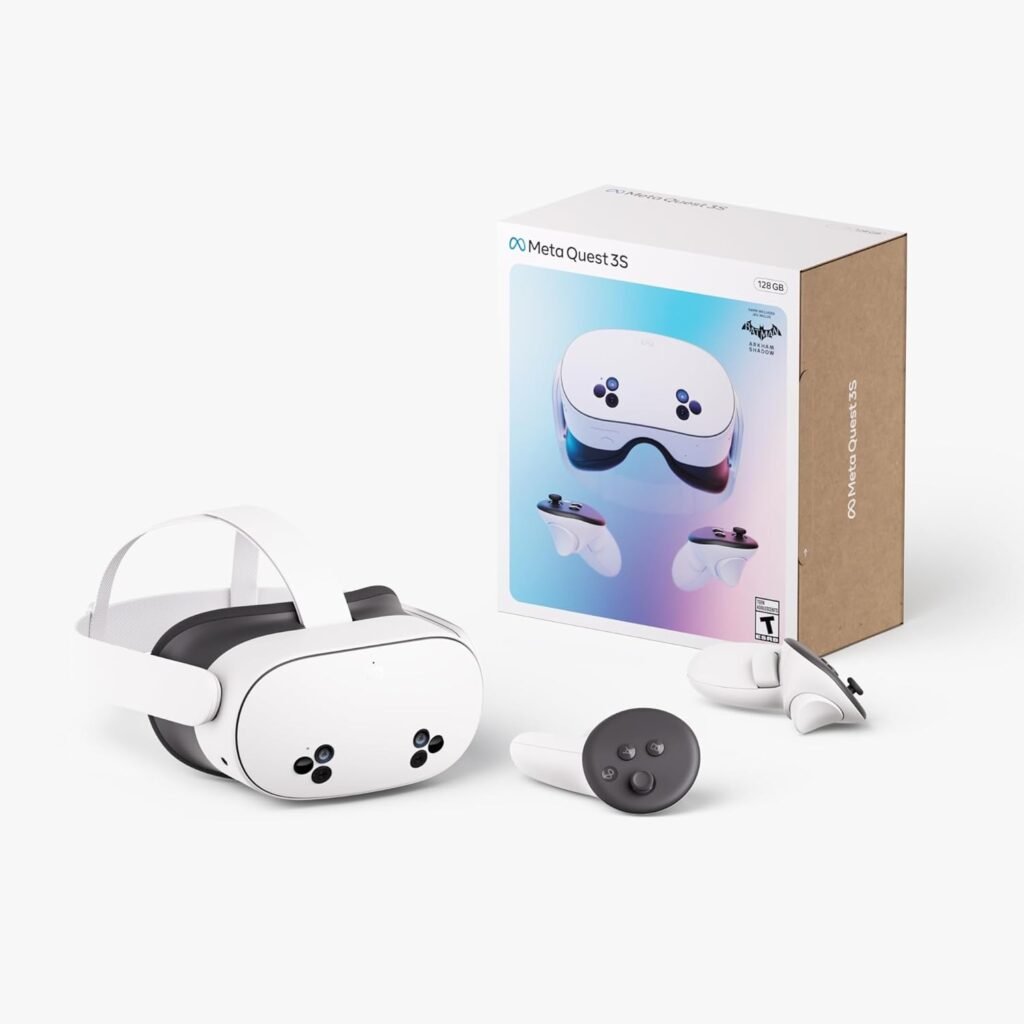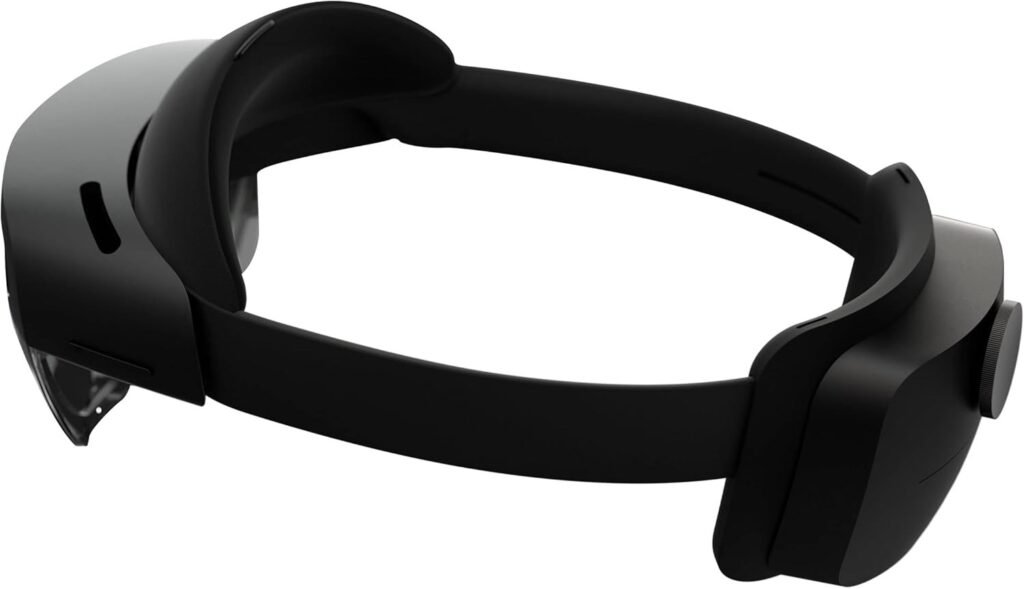
The Future of the Gadgets Industry
Introduction
The gadgets industry has been a major player in all this, forever changing how we live and work with the advancement of technology. The future of gadgets is the brightest yet, as these advancements will continue to evolve and grow in a multitude of ways with some incredible possibilities. Read about some of the most exciting trends and technological developments in this blog on that is to set new milestones for gadgets and gizmos. Also read Top 7 Coolest Gadgets you must have
1. The Rise of the Gadget Industry
The gadgets industry has changed a lot over the years since its primitive times with simple tools and electronics. For the last few decades, we have been advancing in the area of gadgets that cover all aspects of human activity (entertainment, productivity/experience, economy, health, and communication).
Smart devices, from cell phones and wearables to smart home gadgets, have long assumed a place of absolute convenience in our daily lives as of now. In the near future, once you look forward to it a bit more and be influenced by some emerging technologies as well as sustainability trends (and about time), user-centered design and connectivity will soon experience another revolution in the gizmo world.
2. Trend and Future of Gadgets:
a. Artificial intelligence is in my blood and bones.
AI is changing the way our devices work and how we use them. Right now, voice-activated virtual assistants and personalized suggestions on our smart devices AI is what makes all the difference in taking gadgets that much closer to being both intuitive and intelligent. Over time, we will see gadgets become even more predictive, offering real-time solutions based on the user’s behavior and experience.
b. Expanding the Internet of Things (IoT)
As the number of IoT devices increases, there is more interconnectivity between smart objects, allowing them to talk and share data with one another. Take smart homes, for example appliances and security systems have long been programmable (on schedule), but as an increasing number become connected to the internet of things, we find they live on consumptive platforms. As we move into the future, there will likely be a lot more IoT-powered devices on this planet, and everything from our clothing to cars will become interconnected, forming an environment of smart objects around us.
c. Wearable Technology
Wearables are already out there in the world of fitness trackers, smart watches, and health-monitoring devices. The next phase of wearables is positioned to further into the non-health CR realm with the likes of augmented reality, virtual, and even brain-computer interfaces. While these ones will keep check of your physical health, they also have the potential to be immersive experiences and, most importantly, communication pipelines.

d. 5G and Beyond
Gizmobase5: Gadget Price News Catch 4 Times Faster and More Reliable Internet with the New 5G Technology It will provide faster performance for data-intensive applications such as streaming, gaming, and virtual conferencing. Going forward, 6G technology could even take these limits to the extreme by enabling newer and more complex gadgets.
e) Foldable and Flexible Devices
As always, thanks to the development in display technology, foldable tech is finally coming out of concept, and we are going to see all sorts of different electronic gadgets taking advantage of those new flexible displays. Greater potential for more varied applications and design innovation with flexible displays on devices in the future These may be the first of many gadgets that could fulfill a trend toward multifunctional regardless-of-need devices.
- iPhone 15: Capable of working with modern generation energy-efficient cellular bands and offering users little to no upper hand in terms of productivity.

- Samsung Galaxy S23: A 5G-capable phone that can deliver top-tier app, stream, and communication performance.

3. Is the Is the Future of Gadgets Sustainable?
With environmental issues gaining prominence, the gadget industry is expected to follow suit for sustainable practices. Additionally, shoppers want eco-pleasant merchandise that cuts waste and energy consumption. Recyclable materials, energy-efficient design, and longer-serving products have ascended in the marketplace as a result.
a. Materials Recovery and Reusable Materials + Modular Design
The concept of returning gadgets for repair, recycling products such as old smartphones, and making devices out of recyclable plastics is slowly becoming a trend among manufacturers. This contributes to mitigating the problem of electronic waste and maximizing the number of years gadgets are in use, which is important with most parts if this demand comes from outside Europe.
b. Exciting Energy Efficiency and Renewable
We have also grown to witness more gadgets operating on renewable sources, like solar panels, as well as the rise of energy-efficient designs. Such innovations will take the sustainability of gadgets to higher levels while decreasing their environmental footprint.
4. Personalization and User Experience as a Function of AI
The truth is that AI is really going to define the future of all gadget user experiences. The smarter devices get, the more they will understand your preferences and habits to cater them specifically towards you. Our tools will become more like personal assistants that give reminders, suggest improvements, and offer ways to both automate processes as well as make us even more efficient in our day-to-day.

a. predictive technology
Predictive AI: gadgets that respond to what you have yet to say For instance, a smart fridge could suggest some recipes based on the groceries you have at home, or your wearable health device would create for you a personalized wellness plan from daily activity data.
b. Richer Human-Machine Engagement
The next decade of gadgets is also predicated on just how innately consumer devices can allow interaction. There will be an increasing use of gesture control, voice commands, and even eye-tracking technology, leading to natural fluid interactions. Everything will become more intuitive; technology will correspond to a larger audience.
5. How Augmented Reality (AR) and Virtual Reality (VR) Manifest the Game Changers
While AR and VR have been pivotal pieces for the gaming and entertainment industry, they hold much promise beyond that. For instance, AR and VR devices will bring groundbreaking shifts in industries such as education, healthcare, or retail through immersive experiences that allow touch input.
a. INTENSIVE LEARNING AND TRAINING
Some AR and VR devices: New ways of learning can be experienced while experiencing the materials by professionals, so there is no need to gain any experience in the field. Medical students can use AR to prepare for surgeries through a virtual environment, or employees can expose themselves to training materials that provide a risk-free working experience as part of another scenario.
b. AR in Everyday Life
With AR glasses and other wearable devices, augmented experiences will be a part of our everyday lives. By offering contextual information that helps understand and incorporate the real-world information better, like real-time translation, navigation overlays, etc., AR will enable the user the user to assist the user in understanding the world around them a little differently.
AR and VR Devices
- Meta Quest 3 (Oculus): A VR headset for game, education, and video experiences with an extensive list of apps and content.

- Microsoft HoloLens 2: A top-tier AR headset designed to support project-based learning and simulations in industrial and educational sectors, allowing for mixed-reality experiences.

6. The challenges and opportunities for the future of gadgets
As far as what the future in a generation of gadgets holds, well, that is very exciting, but there are some major challenges still ahead.
a. Identity theft
With increasing connectivity and a focus on AI, the importance of data privacy will remain at its current place in terms of geopolitics. Securing the industry: In the future, cyber security will be key to ensuring we can protect our own data against breaches and external forwards that allow for the use of personal information.
b. Obtained more easily and cheaply
State-of-the art gadgets are usually born with a platinum spoon in their mouths, which, in turn, keeps them away from broaden masse. The future of the industry, then, should also feel itself morally forced enough into delivering cheap devices fit for all kinds of consumers—to make technological evolution a universal boon, not just a privileged one!
c. Closing of digital divide
A digital divide exists this is the gap between those who have technology and those that do not. As gadgets become a greater part of accessible life, it is important to have the same access for people in less developed regions. We need a concerted effort on the part of governments, organizations, and industry to build this bridge between haves and have-mores to create not only new gadgets but more ways for everyone else to get them.

FAQs
1. How will artificial intelligence (AI) affect future gadgets?
The key takeaway was that AI will allow gadgets to become smarter and more intuitive, thereby offering personalized user experience ideas. AI will allow gadgets to predict and understand the users’ needs, automate tasks, and provide custom-made solutions that would enhance overall efficiency and convenience, like how voice assistants work today.
2. The Future of Gadgets in a Post-IoT Universe
The IoT will only continue to further connect these devices and facilitate their communication so they can blend with one another. In the near future, IoT will bring smart ecosystems where all of your devices are commingling with each other much more than what it does now, offering more homogenized and automated solutions for homes, cities, as well as industries.
3. What These Advancements Will Mean for Wearable Tech
Beyond health monitoring, wearable technology will reform from new immersive experiences with AR and VR. Those future wearable could even have brain-computer interfaces and double as communication, entertainment, or user experience enhancers.
4. Millar: So, how is sustainability going to affect the creation and manufacture of our future electronic toys?
The gadgets industry will be increasingly tied to sustainability as manufacturers look more toward the use of sustainable and circular materials and focus on designs requiring less energy consumption or incorporating easily replaceable parts for extended product usefulness. It is assumed that more and more gadgets will be running on renewable sources of energy rather than conventional, making them less harmful to our environment.
5. What Problems Is The Gadgets Industry Going To Encounter In The Future?
In terms of the biggest challenges in devices, managing data privacy/security (35%) edged out cost and digital divide issues with consumers. The company will also have to grapple with addressing the environmental and ethical implications of gadgets, which are used by people all over the world.
6. What Does 5G Bring to the Table: The Future of Gadget Connectivity
5G will dramatically improve the performance of our devices, allowing for quicker entry to the internet and more reliable connections. This will also enhance the performance in heavy data applications like AR, VR, and IoT. However, this capability could be pushed further in future network advancements like 6G.
7. What relationship will augmented reality (AR) and virtual reality (VR) have with gadgets in the future?
AR and VR will redefine gadget-based interactions with an entirely new level of immersive interactivity. Optimally, these aforementioned technologies will be implemented in industries such as education, healthcare, retail, and entertainment introducing means of learning and working or simply interacting with content that has never been entertained before.
8. So what does this kind of gadget herald tonight and the future?
In the future, these gadgets will become more personalized, connected, and sustainable to alter our daily lives by providing productivity for you or entertainment around your communication. Devices will increasingly become part of the fabric of our daily lives, automating tasks and improving efficiency whilst providing intelligent home, health, and work solutions.
7. Conclusion: An Innovative and Exciting Future
From these numbers, it is a journey to some very interesting times in the gadgets industry, with every user demanding his/her own share of personal electronic Mesopotamia. Gadgets will become smarter, more efficient, and integral to us in our daily lives as the AI/IoT// AR-VR technologies continue to grow.
Whether it is improving human-machine interactions or managing climate change, those gadgets of tomorrow will be designed and built for sustainability, amongst others. The industry will be dealing with many problems on privacy, accessibility, and affordability, but with correct solutions, gadgets future looks very bright.
Future technology innovation continues to shape the world around us.







